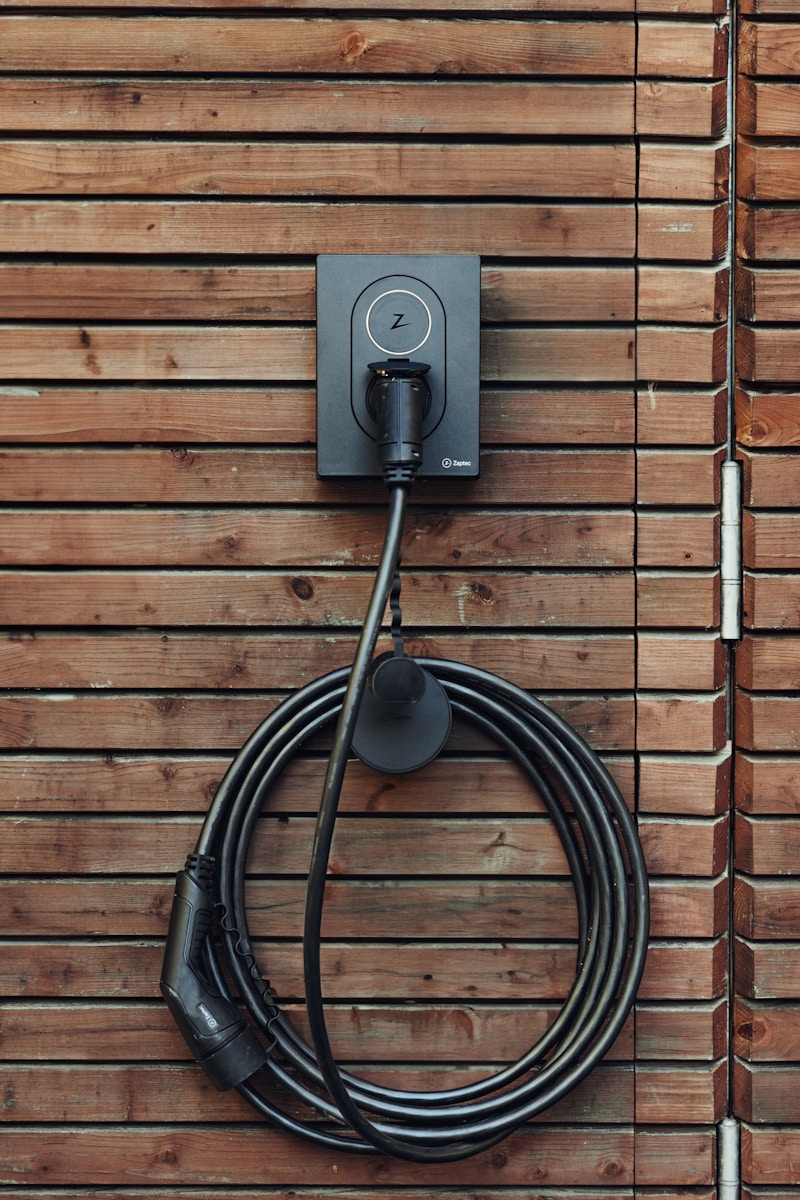Key Takeaways:
- The federal EV charger program is restarting after a six-month pause.
- The NEVI program helps install electric vehicle chargers across U.S. highways.
- Trump had criticized the program as expensive and unnecessary.
- Some states challenged the delay in court, leading to the reopening.
- The program was launched in 2021 through bipartisan legislation.
Why the EV Charger Program Matters Right Now
After months on hold, the government is bringing back a major project to expand electric vehicle (EV) infrastructure. The program, called the National Electric Vehicle Infrastructure (NEVI), is designed to install fast EV chargers along highways across the country. This is important for making it easier for people to drive electric cars without worrying about running out of power far from home.
Though former President Donald Trump has strongly criticized the NEVI program, it’s making a comeback thanks to legal pressure from multiple states and pushback from lawmakers. This could reshape how and where people charge their cars in the years to come.
What Is the NEVI Program?
The NEVI program began in 2021 when Congress passed a law with support from both Democrats and Republicans. Its main goal is to make electric vehicle charging faster and more convenient. The plan includes funding for high-speed chargers spaced no more than 50 miles apart on major U.S. highways.
These chargers work much faster than regular home chargers, allowing drivers to get back on the road in under an hour. NEVI gives money to states so they can use private companies to build and manage these fast-charging stations.
Why Was the EV Charger Program on Hold?
The NEVI program hit a major roadblock earlier this year. The Trump administration paused new funding for the program, calling it a waste of federal money. The former president described the EV charger project as part of what he believes are unnecessary “green” programs pushed by the Biden administration.
However, it’s important to note that NEVI wasn’t part of President Biden’s climate agenda alone. It was approved by both political parties in Congress, giving it strong legal support. Unlike some other climate initiatives, this program stands on more solid ground because of its bipartisan origins.
States Push Back Against the Freeze
Several states didn’t take the funding freeze lightly. They depended on NEVI funds to move their charging projects forward and argued that the delay was illegal. In response, a few filed lawsuits, demanding that the federal government stick to the law that created the program.
As the legal fight gained attention, pressure grew to restart the flow of funds. Eventually, this led to the decision to reopen the EV charger program and allow states to resume building the charging stations travelers have been waiting for.
What Reopening the EV Charger Program Means
Restarting the NEVI program means that states can once again receive money to put more EV chargers on highways. This is vital because having more fast charging options could convince more people to switch to electric cars. Charging stress is one of the biggest reasons many drivers are still unsure about making the switch from gas-powered vehicles.
This could also help businesses along highways gain more traffic, as people stop to charge their cars and perhaps take a break at nearby hotels, shops, or restaurants. In the long run, the effort is expected to create jobs, support cleaner transportation, and reduce greenhouse gas emissions.
Challenges Still Remain for the EV Charger Rollout
Even though the EV charger program is back, there are still hurdles. Some critics argue that people don’t need as many charging stations as the government claims. Others say many rural areas will be left out because most investment focuses on high-traffic routes.
There’s also the issue of time. Building hundreds of fast-charging stations isn’t quick or easy. These projects often face zoning delays, permit hold-ups, and supply chain problems. That means drivers might not see dramatic changes right away.
Still, most experts agree that expanding EV charger access is necessary for more drivers to buy electric cars confidently.
Where the EV Charging Battle Goes Next
Although the NEVI program has restarted, the political debate around it isn’t over. Former President Trump has continued to say the funds should go elsewhere and that the shift toward electric vehicles is being forced on Americans. He argues that the free market, not government spending, should decide how we drive.
But the law that launched NEVI is still in effect and remains one of the only major clean energy plans to survive political shifts. For now, that means the EV charger program is moving forward—slowly but surely.
Expect to see more announcements as states decide where to place the next round of EV chargers. Travelers could begin noticing new charging stations popping up along highways, especially in areas that already had basic charging infrastructure.
The Bottom Line: Why NEVI Matters
The EV charger program is about more than just technology or politics—it’s about giving drivers options. When people know they can charge their electric vehicle easily, they’ll feel more confident about choosing a cleaner, more affordable alternate to gas-powered cars.
Although delays, debates, and setbacks have created challenges, the reopening of NEVI may reignite momentum for building a stronger, nationwide EV charging network. Whether you’re already driving electric or thinking about switching, the return of this program is a big deal.
FAQs
What is NEVI and why is it important?
NEVI stands for National Electric Vehicle Infrastructure. It funds high-speed EV chargers along highways, making long-distance EV travel easier.
Why did the EV charger program stop?
The Trump administration paused the program, calling it wasteful. Legal challenges from states helped restart it.
Where will the new EV chargers be installed?
Chargers will be placed along major U.S. highways, roughly every 50 miles, to support long-distance travel.
Who pays for these EV chargers?
The federal government provides the funding, but states manage construction using private companies.

